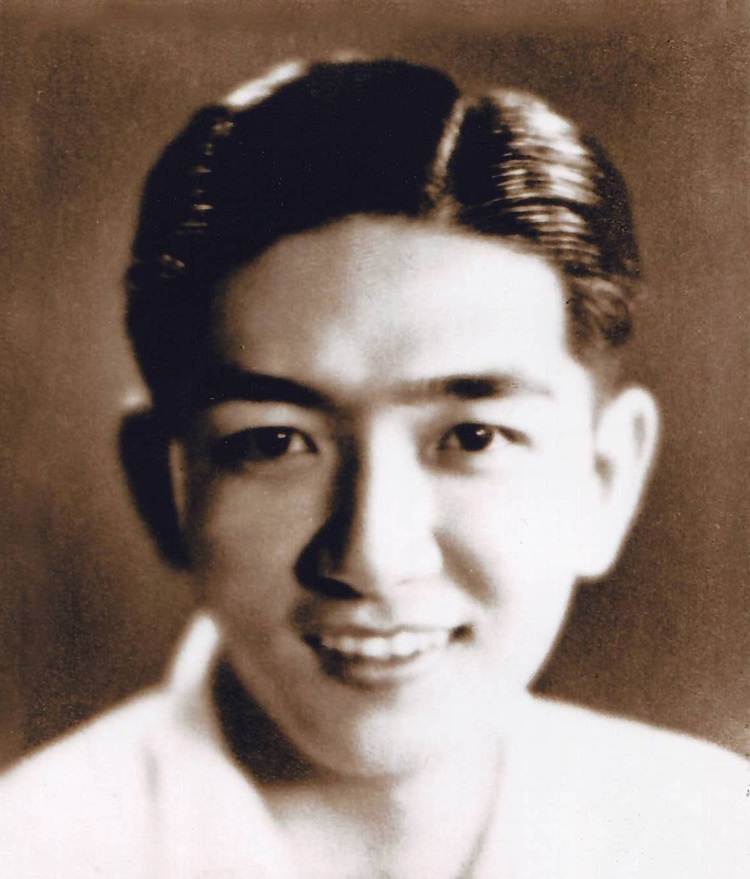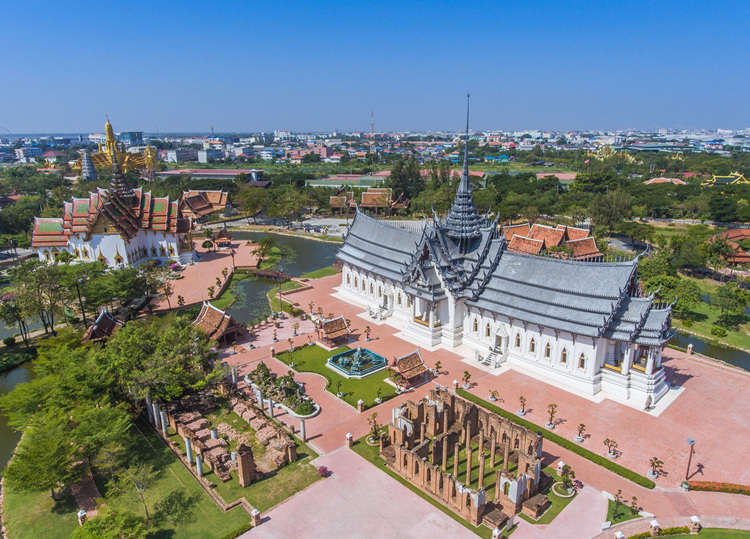What is the background of this huge Erawan Museum? Who has the courage to put ideas into practice? Let's find the answer to all these questions from the life photos and audio of the museum founder.

Mr. Lek Viriyaphant was born in 1914 into a Chinese businessman's family in Sampeng, Thailand. He was then sent to university Shanghai, China. It was during this period that he get to travelled and become interested in arts and cultures. He accumulated professional knowledge and understanding of arts, religions, philosophies and cultures since an early period of his life. Until when his father fell ill, he then came back to Thailand to help with the family busines. Later, through work relationships he met his wife and lifelong friend Ms.Prapai Viriyaphat, who became a partner and inspiration throughout his business career. After his marriage, he began to focus on developing in the business world. Successfully established Thailand Monthon Bank, VIRIYAH Insurance Company and Thonburi Automobile Assembly Plant, and the business was very successful.




